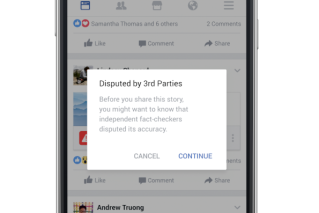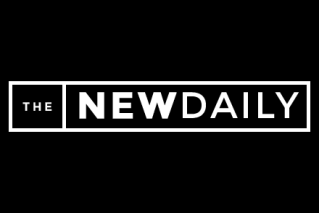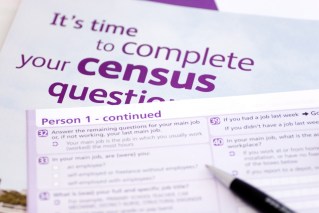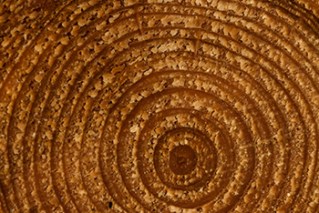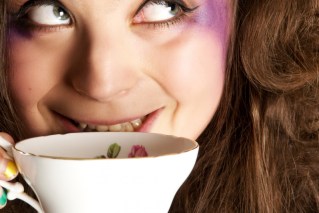Healthy baby foods ‘hide pure sugar’
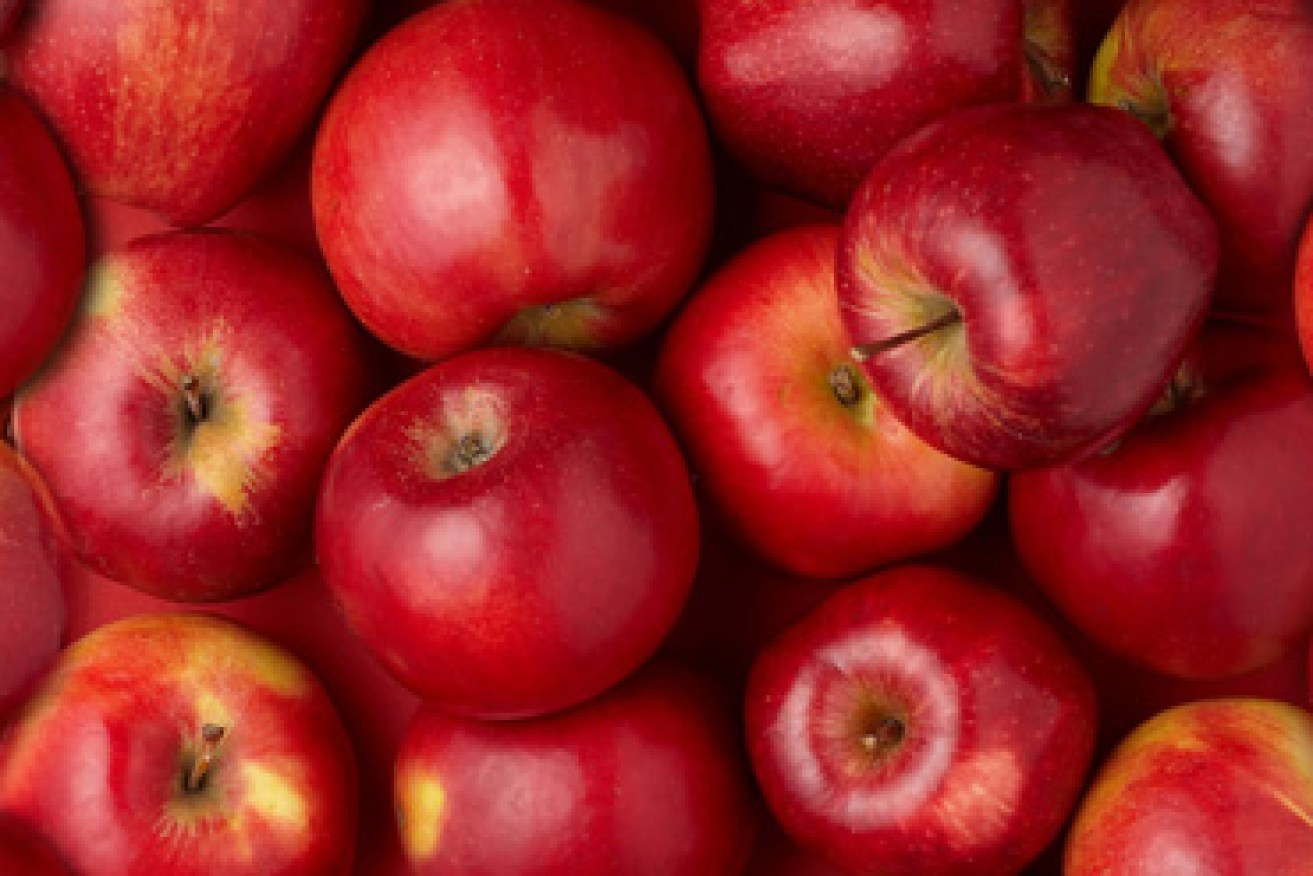
An apple a day might keep cancer away, as long as you also eat blueberries, drink tea, and peel an orange. Photo: TND
The word ‘fruit’ is being used to cloak huge doses of sugar in supposedly healthy products, many of which are aimed at very young children, health experts have warned.
Juice concentrate, derived from sweet fruits like apples, is described as “fruit” on some packaging, despite being defined as “sugar” by the United Nations World Health Organisation (WHO).
Processed baby food is one of the worst examples of fruit-derived sugar “hidden” behind the facade of fruit, says University of Adelaide health researcher Dr Jackie Street, who specialises in obesity prevention.
• Diet soft drinks ‘linked’ to triple belly fat
• Parents ‘duped’ by sugar-coated breakfast cereals
• Store-bought salmon is not the colour you think
“People are being sold what they think is a healthy product because it’s organic or because it contains ‘99 per cent fruit and veg’,” says Dr Street.
“In fact, a large part of that food is apple juice concentrate and it’s very high in sugar.
“It’s really no longer natural since it’s been processed in such a way that it’s turned a healthy food into an unhealthy food.”
Concentrated juice = sugar

When condensed to juice, otherwise healthy apples become almost pure sugar. Photo: Shutterstock
Fruit juice concentrate “really is sugar”, confirms an Obesity Policy Coalition spokeswoman.
“Some products are increasing the sugar content using concentrated fruit juice and that means that these products may be higher in sugar than consumers in fact realise,” says the Coalition’s senior policy advisor Jane Martin.
The ACCC has investigated claims relating to fruit juice in the past.
Any suggestion that nutrition information is being hidden from consumers is false, said an Australian Food and Grocery Council spokesperson.
“For many years food and beverage companies have provided nutritional information, including on sugar on both the front of pack via the Daily Intake Guide, and back of pack via the nutrition information panel, along with online, smartphone and other avenues.”
“Most are now assessing the health star system and will make their own call on whether or when they will adopt this voluntary system.”
“Claims made on pack are strictly governed by the Consumer Act which ensures that information on pack cannot be misleading or false.”
What can you do?
The Obesity Policy Coalition advises consumers to avoid foods that are more than 15 per cent sugar (which will be indicated on the package as 15 grams of sugar per 100 grams of product), Ms Martin says.
Consumers can also use the FoodSwitch app to find out the sugar, fat and total calorie content of any product.

Download FoodSwitch barcode scanner for iPhone devices
Download FoodSwitch barcode scanner for Android devices



